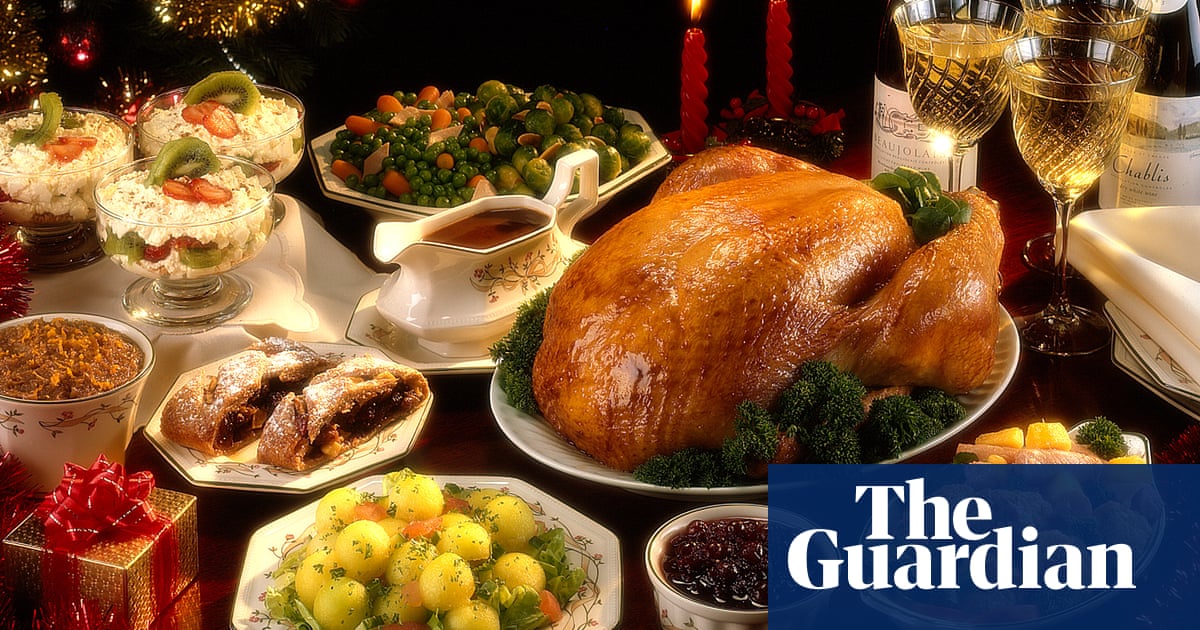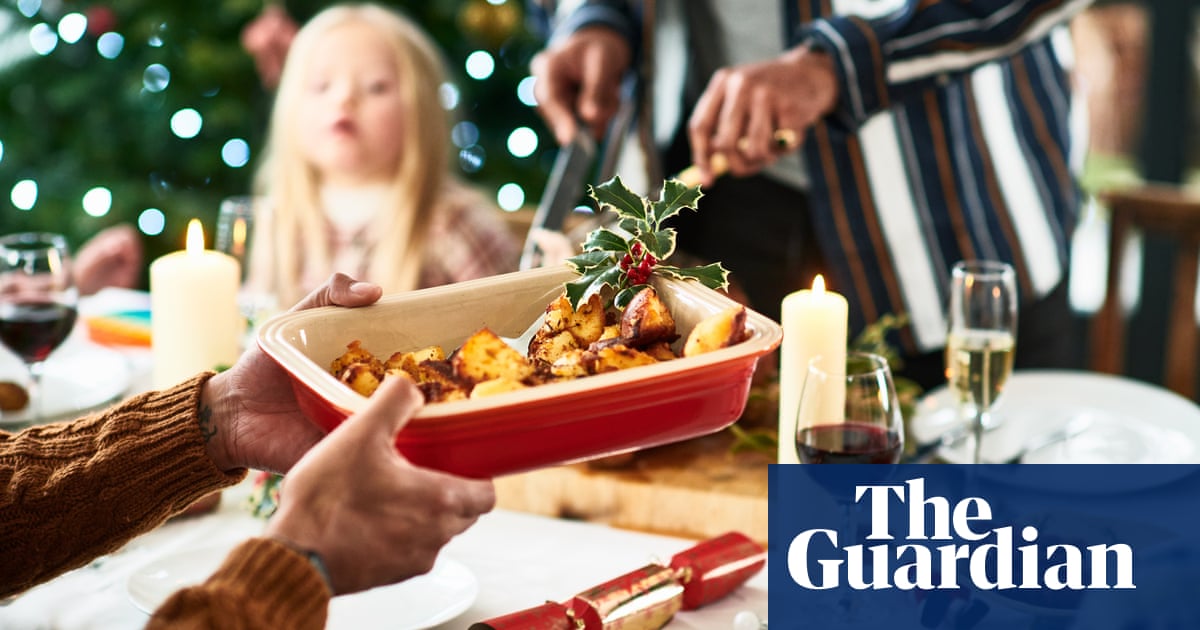
In uncertain times, there’s a lot to be said for Christmas traditions. Tastes and smells, like familiar tunes, can instantly transport you back to childhood. Food matters, especially at Christmas – and tradition is part of the reason why it packs such a punch.
Let’s start with the stocking. Gone are white sugar mice and candy cigarettes, replaced by gummy bears and chocolate reindeer poo. But it’s good to know the traditional tangerine – usually left to rot under the bed – continues to have its place for my own kids. The chocolate coins remain. The story goes that three sisters unable to afford a dowry were doomed to be sold into loveless marriages. Wishing to keep his donation anonymous, and inspired to act, the 4th-century Saint Nicholas secretly dropped coins down the chimney into stockings they’d left drying by the fire. I’m not sure anyone knows how it turned out for the girls, but clearly a colossal fail for St Nick’s wish to remain anonymous.
Now to dinner. There’s an end-of-year obsession with eating foods said to bring prosperity. Steal a coin-like silver scale from your carp on Christmas Eve, place it in your wallet, and there it will trick other money into joining it. Luckier still are lentils which resemble piles of pennies, while green vegetables are a symbol of wealth and luck in nearly every culture going. There’s the sixpence added to the Christmas pudding batter, which, provided you don’t break a tooth, should grant good fortune for the coming year. In fact, the Christmas pudding is possibly the most ancient of the modern traditions. Starting out in medieval times as an unappetising meat, spice and fruit porridge, over the years it’s been outlawed, reinstated, immortalised by Charles Dickens, and set on fire time and again.
Christmas traditions – like with the pud – are forever changing, not least when families merge. Recognising all faiths, dietary requirements and television programming preferences can be an undertaking. Supposedly rational adults will suddenly become hysterical because the gravy’s not in the special Christmas jug, while the smallest of changes have ripple effects. A menu swap to beef means no bones for turkey soup. Think of the sacrifice the turkeys made to get to your plate. Back in the day, farmers would walk the fowl from Norfolk to London: to protect their feet on the 100-mile hike, they crafted the birds leather shoes. It was notoriously harder to cajole a goose into wearing these shoes so their feet, instead, were dipped in tar and feathers – and the phrase “to shoe a goose” was born, marking a futile task.
These days, we’re broadly more discerning about how our food gets to our plate. But for those who can’t be bothered with the faff, a solution born of the pandemic may well change Christmas dinner for ever. At-home dining kits are available for every festive menu imaginable and encompass every dietary requirement, crafted by top chefs with fresh, local ingredients and delivered direct to your door. Just put it in the oven and watch YouTube for the plating instructions. If you go for a home deli hamper, you don’t even need to do that. Admittedly, they can be a little pricey; anything from £20 for a mince pie kit to several hundred pounds for a seafood extravaganza.
Truth be told, I would miss the holiday kitchen. The smell of oranges studded with cloves, ready for mulling wine, the sight of lopsided gingerbread houses with runny icing glue. There are, of course, traditions definitely worth losing. Being force fed 12 mince pies to ensure a year of happy months – a watered-down superstition that harks back to the early 1800s, when mince pies could only be eaten during the 12 days of Christmas and, for the full lucky effect, one each in 12 different houses. Then there’s the headache-inducing buck’s fizz that my mother insists we drink on Christmas morning. Originally created in 1921 at Buck’s Club in London, buck’s fizz is traditionally made with one part orange juice to three parts champagne; for some unfathomable reason, it suddenly became a hit in the 1980s and is still around today.
The last tradition to note is New Year’s Eve. Here, haggis deserves a mention. Offal sausages were prized by the Vikings and the Romans – even a mate of Socrates raved about a tasty feast of offal-stuffed bladder. Made of lamb innards, onions, oatmeal and spice, it isn’t exactly plant-based. But it’s bang on trend for nose-to-tail eating. Throw tradition to the wind and fry yours in butter before dousing it with whisky. Add neeps, tatties and some bagrock, and you’re set for the year ahead.
Sam Wydymus is a British chef, restaurateur and writer based in France












